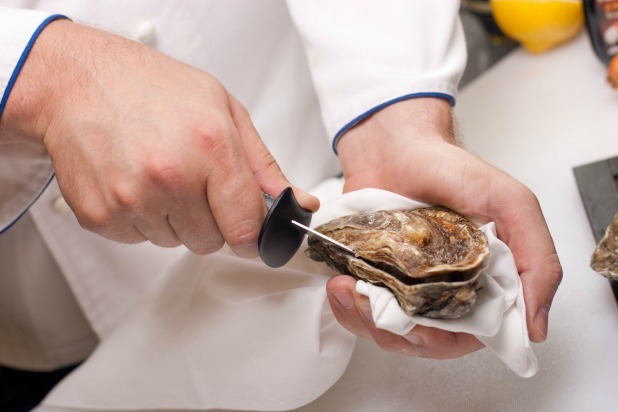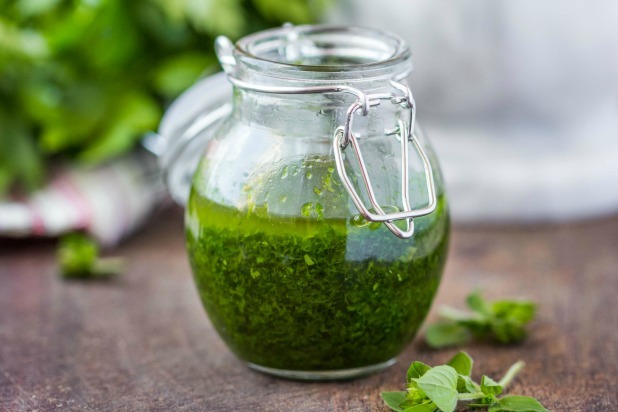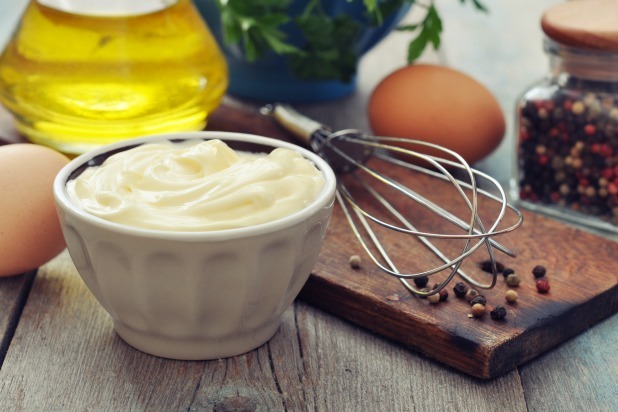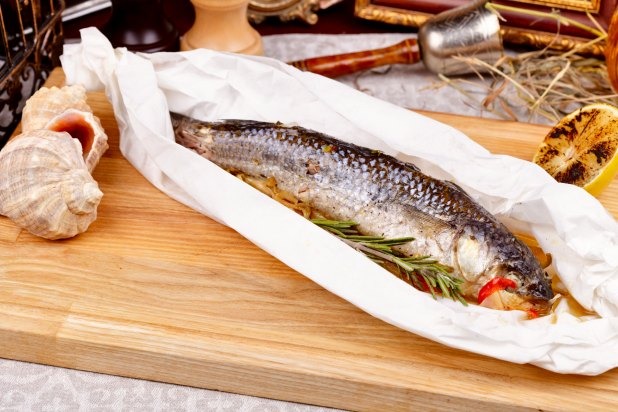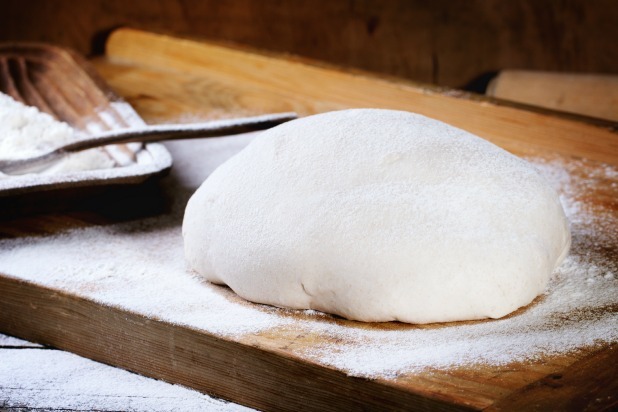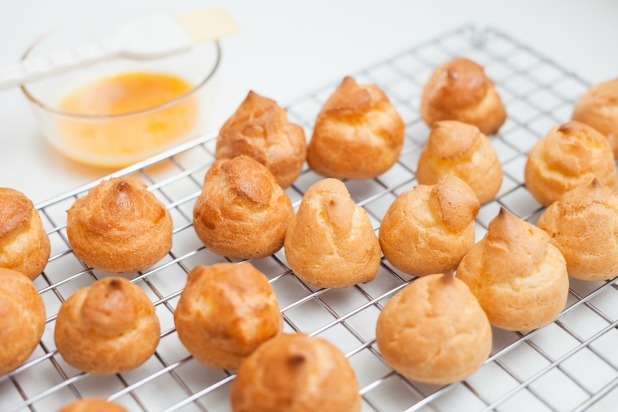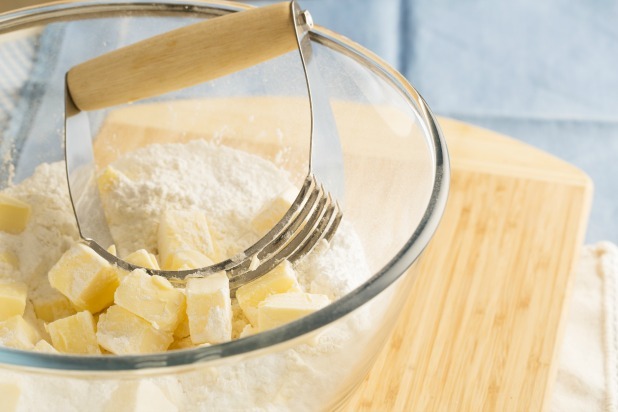11 Techniques From The Legendary Cooking School (Slideshow)
To peel a boiled egg, tap the egg all over to crack the shell in small pieces. Then, under running water, peel away skin and shell from the egg white. Dry the egg with absorbent paper. If you're peeling an egg with a soft or runny yolk, be sure to handle the egg with extra care.
How to Open Oysters
Pick over the oysters, discarding any seaweed. Rinse any mud from the shells, but do not scrub them or soak them in water. Then, take a short, pointed oyster knife in one hand, cover the other hand with a thick glove or cloth, and grip the shell in your palm. Keeping the oyster level with the knife, insert the point of the blade next to the hinge and twist to pry the shell open. Be sure to use a good quality oyster knife — one that has a sturdy blade that won't bend easily. Cut the muscle of the animal from the shell and discard the top shell. With the knife, loosen the muscle in the lower hollow shell. If shucking the meat, tip it, with the juice, into a bowl. If serving on the half shell, leave the oysters on the bottom shell and serve on ice.
How to Spatchcock a Bird
Cut off the wing pinions at the joint with a pair of poultry shears or with a knife. Then, hold the bird in your hand (or place it on a cutting board), breast down. Cut along each side of the backbone with poultry shears and remove it. Clean the inside of the bird by wiping it with paper towels. Trim the skin. Open the bird out and snip the wishbone in half or remove it. Set the bird, breast side up, with the legs turned in. Using the heel of your hand, push down sharply on the breast to break the breastbone, flattening the bird. Make a small cut in the skin between the leg and breastbone and tuck in the leg knuckles. Thread two skewers through the birds, to hold the wings and legs in a flat, splayed position.
How to Make Pesto
Ingredients to make 1¾ cups of pesto
1 cup basil leaves, washed and dried
6 cloves garlic, peeled
⅓ cup pine nuts
1 cup grated Parmesan cheese
¾ cup olive oil
Salt, to taste
Pepper, to taste
Purée the basil, garlic, pine nuts, and Parmesan cheese with two to three tablespoons of olive oil in a food processor. To store pesto, put it in a glass jar and pour a thin layer of olive oil on top to seal it. Cover the jar tightly and refrigerate; it will keep for at least a week. Pesto also freezes particularly well, without loss of flavor or color.
How to Make Hollandaise
Ingredients to make 1 cup of sauce
¾ cup unsalted butter
3 tablespoons water
3 egg yolks
Salt, to taste
White pepper, to taste
Juice of ½ lemon (or to taste)
Melt the butter then skim the froth from the surface with a spoon. Let the butter cool until tepid. In a small heavy saucepan, whisk the water and egg yolks with a little salt and pepper for 30 seconds until thoroughly combined and light in color. Set the pan over a low heat (be sure the base of the pan should not be too hot or the eggs will scramble) and whisk for 3 minutes or until the mixture is thickened slightly. You can test the consistency of the sauce by taking a spoonful and drizzling it back into the pot; if the portion that was drizzled on top remains visible for about five seconds, the sauce is thick enough. Remove from heat and whisk in the tepid butter, a tablespoon at a time, until the sauce thickens, then pour in a steady stream. Leave the milky whey at the bottom of the pan. Then, stir in the lemon juice and season. The consistency of hollandaise should be light enough to pour easily from a spoon. If it is too thick, add more water or lemon juice.
How to Make Mayonnaise
To make 1 ½ cups mayonnaise
2 egg yolks
Salt, to taste
White pepper, to taste
2 tablespoons white wine vinegar or 1 tablespoon (more if needed) lemon juice
1 teaspoon Dijon mustard (optional)
1¼ cups peanut or olive oil
In a small bowl, beat the room temperature egg yolks with a little salt and pepper, half of the vinegar or lemon juice, and the mustard (if using) until thick. This will take about one minute. It helps to set the bowl on a cloth so that it does not move while you are whisking. Then, add the oil, drop by drop, whisking constantly. After adding 2 tablespoons of oil, the mixture should be quite thick. Add the remaining oil more quickly, a tablespoon at a time, or pour from a jug in a very slow stream, whisking constantly. Stir in the remaining vinegar or lemon juice, and add more mustard, salt and pepper to taste. The mayonnaise is finished when it is thick and glossy, and just holds its shape when dropped from the whisk.
How to Bake Eggs en Cocotte
To make eggs in cocotte, start by buttering the ramekins. Then, sprinkle them with salt and pepper and add any flavorings like cheese or fresh herbs. Crack the eggs and add one or two to each ramekin, depending on its size. Add a tablespoon of cream to each ramekin and cover the eggs loosely with foil if you like. Create a water bath by setting the ramekins in a pot of water (the water should reach about halfway up the sides of the ramekins) and bringing the water to a boil on top of the stove. Continue cooking the eggs in the water bath on top of the stove (or bake them in a 375-degree-oven) for 5 to 6 minutes. You can test the eggs for doneness by shaking the ramekin; the whites should be just set and the yolks should still be very soft. The eggs will continue cooking for another 1 to 2 minutes after they're removed from the water bath because of the heat in the ramekin.
How to Bake Fish in Parchment Paper
Fold a large sheet of parchment paper in half and cut round it to make a heart shape when unfolded. It should be at least two inches larger than the fish. Brush the paper with butter. Set the fish on one half of the paper with salt, pepper, and flavorings. Fold the other side over it and make small pleats to seal the two edges, starting at the curve of the heart. Brush the outside of the package with butter so that it browns well. Transfer the package to a baking sheet and bake in a preheated oven at 350 degrees Fahrenheit until puffed and brown, 15 to 25 minutes depending on the size of the fish. Break or cut open the package at the table.
How to Mix Bread Dough
Sift the flour on to the work surface with salt and sugar. Make a large well in the center of the flour. Pour in the dissolved yeast with the other liquids. Alternatively, add the "sponge". Start mixing in the flour with your fingertips. Gradually draw in all the flour, mixing with both hands or using a pastry scraper. If the dough is very sticky, add more flour. The dough should be soft and slightly sticky. Scrape up crumbs from the work surface with a pastry scraper or spatula. Click here for a bread dough recipe.
How to Make Choux Pastry
For 30-35 medium puffs
1¼ cups flour
1 cup water
¾ teaspoon salt
6½ tablespoons butter, cut in pieces
4-5 eggs
Sift the flour on to a piece of paper. In a saucepan heat the water, salt, and butter until the butter has melted. Bring the liquids just to a boil and then remove them from the heat. Add all of the flour at once and beat vigorously with a wooden spoon. Beat until the mixture is smooth and pulls away from sides of pan to form a ball, about 20 seconds. Return the pan to the stove and beat for half a minute over very low heat. Remove the pan from the heat and let it cool slightly. Beat in two eggs. Add the remaining eggs one at a time, beating well after each addition. Beat the last egg with a fork in a small bowl and add it little by little (you may not need all of it). You will know when enough egg has been added because the dough will be shiny, and soft enough to fall from the spoon.
How to Make Pie Pastry
To make a 10-inch tart shell
2 cups flour
1 teaspoon salt
2 teaspoons sugar (for sweet pies)
⅓ cup cold, unsalted butter
⅓ cup shortening or lard
1 egg yolk (optional)
¼ cup cold water (more if needed)
Sift the flour with the salt (and sugar if using) into a bowl. Add the butter and shortening to the flour and cut the fat into small pieces with a pastry cutter or two knives (using one in each hand). Then, rub the pieces of butter and shortening with your fingertips until the mixture forms fine crumbs, lifting and crumbling to help aerate it. Be careful not to handle the butter and shortening too much though — you don't want to warm or melt it. Make a well in the center of the mixture; add the egg yolk (if using) and the water. Mix quickly with a knife to form crumbs. If the crumbs are dry, mix in 1 to 2 tablespoons more water. Press the dough together with your fingers. It should be soft but not sticky. Work the dough lightly with your hand for a few seconds to form a rough disc. Wrap it tightly in plastic wrap and chill in the refrigerator for 30 minutes or until it is firm.

